In the US, we didn’t eat out all that much. Here and there, sure, but as a general rule, most of our meals and snacks were at home. In part, eating out was expensive, but also we were kind of homebodies. Eating at home was just easier. Except when it meant cooking and we didn’t have the energy for that, LOL, especially after a long day of work for me. So we also did a lot of semi-prepared meals from the grocery store. And grocery stores in the US make that pretty easy. The produce section has tons of pre-prepped veggies and salads, and many have entire fresh meals ready to reheat. As a general rule, especially in the larger grocery stores (at least in metro areas), you can also pretty much find any ingredient or genre of food you may want to make.
When we started traveling, we knew we weren’t going to eat all of our meals out, for basically the same reasons we ate at home in the US. To cook at “home,” then, we were going to need some key things: 1) A kitchen with enough basics to cook in, and 2) decent access to markets — both in terms of physical access (ie, not to difficult to travel to) and access to a variety of products/ingredients we could turn into meals. Anyone who’s traveled knows that these things can be a roll of the dice. So far, we’ve mitigated them decently by reading AirBNB reviews closely (and messaging hosts for additional info, if necessary) and staying mostly in larger cities where we can easily walk to markets.
I happen to love checking out new grocery stores as we travel. I find it fascinating to see what foods are available (or not), how they’re packaged and displayed, and even how people shop within the markets. Don’t get me wrong—it can also be super frustrating. It’s like when your favorite grocery store rearranges and swaps aisles overnight and you can no longer find anything and have to build a new mental map for where to find pasta sauce and coffee. Only it feels like that every time we go to a new grocery store in a new location—we have no map for how the markets are laid out or what their norms are. And bonus: We have no idea what kind of food we’ll find in the markets. Maybe it’ll be what we’re looking for and maybe not! Maybe we’ll recognize brands and maybe not. Maybe we’ll be able to read the labels and maybe we’ll cross our fingers that our phones have enough signal for Google Translate to help us out. (Deep in some of those stores, it’s touch and go.)
I’m not necessarily the biggest planner, but we do have to have an idea of what we need so that we know what to look for on our first market run. So I start by taking inventory of what’s in the kitchen of our AirBNB. What appliances do we have (that work)? Not all places have ovens, for example. Some have just 1-2 cooktop burners. Also, can we drink water out of the tap or will we need to buy bottled water? What’s the knife situation—how sharp are they (or not)? Is there a cutting board? What kind of pots and pans are there? Is there a strainer? (50-50 chance of this) What kind of cooking utensils are there? Are there basics like olive oil, salt, any seasonings, or is it bare bones? Do we need to buy paper towels? Garbage bags? What about sponges and dish soap? And, importantly, how long are we staying in this particular location? If it’s only a short time, then we can’t invest in many things, as they’ll go to waste when we move on.
So grocery shopping has to be somewhat strategic. Also, in some countries the supermarkets are closed on Sundays, so this can require awareness. Anyway, the more we do this, the better we get at it. We now have a list of basics we look for when we do our first grocery run. (I shared that within a previous post about Madrid.) This will get us through the first couple of days and then we’ll know what items the market has, which will help us figure out what other meals we might make.
We’ve found that many of the countries we’ve been to so far don’t really do breakfast like the US. In Europe, they drink a quick coffee and maybe have toast or a croissant. In Singapore and Malaysia, they generally eat a different breakfast from a Western diet. We like an American breakfast and we don’t like to get up and moving early, so we do breakfast at home nearly 100% of the time. Fortunately, it’s been fairly easy to make at least one of the following just about everywhere we’ve been:
Pancakes (sometimes without syrup, as that was hard to find in Europe)
Oatmeal (either with berries or banana/pb/chocolate chips)
Eggs and toast, sometimes with fruit or yogurt
Paleo muffins and yogurt (I finally found almond flour in Malaysia; I don’t eat Paleo, but I have several recipes we like—including this and this)
Lunch and dinner are wildcards for us. Usually we’ll eat one of those out and make one at home. Here are some easy meals we’ve been able to make:
Ravioli with pasta sauce and salad
Baked/oven roasted chicken and potatoes, with salad or roasted green beans
Balsamic chicken breast with pasta or mashed potatoes and wilted spinach or salad
Risotto with chicken and tomatoes
Honey garlic chicken with salad or roasted green beans
Steak and sweet (potatoes) — a simplified version of this
Out of all the countries we’ve been to, Malaysia has had the most variety in their grocery stores, with the exception of vanilla Greek yogurt. For whatever reason that’s been hard to find. But we’ve found just about everything else, including tortillas, spices galore (except virtually no Thai red curry paste, which is a head scratcher), grass-fed beef, pasture-raised eggs, and some organic produce. Italy and Greece were the most challenging, in part because we only found smaller supermarkets.
In all of the countries we’ve been in, milk and eggs are non-refrigerated and sold on shelves (some also have a bit of refrigerated milk). You must bring your own bags (or buy them at the store) and bag your own groceries. Sometimes you have to pay a deposit to use a shopping cart. In many cases, since we’re shopping daily or every other day, we just put food in our bags and then empty them when we get to the check stand before loading them again after they’ve been scanned.
Many markets require you to weigh and tag your produce before you get to the check stand. I often forget, still, because in the US the checker will do it for you. Some stores have predominantly had self-checkout (Rome), others a mixture (Madrid), and others are “traditional,” where a cashier scans for you, but only the big supermarkets in Spain have had many aisles of check stands to choose from like we’re used to in the US. The smaller markets have just two check stands and a tiny space to pile your groceries onto for scanning.
Almost none of the stores we’ve been in have had the in-your-face marketing of the US. End cap displays are mostly not a thing, nor are magazines/candy/gum at the checkouts. There are no announcements nor ads over an intercom. It’s pretty refreshing. You’re just there to grocery shop in peace.
Hands down my favorite supermarket was actually a hypermarket we wandered into in Singapore. Since we were staying in a hotel there, we didn’t actually need any groceries, but I wanted to see what a supermarket in a mall looked like because it was a strange concept to me. OMG. I was blown away. In part it was because in contrast to the small markets of Italy where we had just been, the hypermarket felt especially enormous and magnificent. But also, it truly was huge. Imagine if Costco was 80% food and didn’t sell in bulk but, rather, had regular-sized items. And then imagine it was two stories, with an escalator connecting the floors. That was the hypermarket we went to in Singapore. I honestly could’ve spent hours in there.
As it was, we spent probably nearly an hour just wandering and taking it all in. I had no idea if it was day or night because it was in the basement, but it was clean and brightly lit; it had a bakery/cafe and different areas with pre-prepared meals and sold every kind of food product imaginable, which is impressive given much of Singapore’s food is imported. If you ever get a chance to wander through a hypermarket like that, I recommend it! Just don’t go hungry, LOL.
Spain
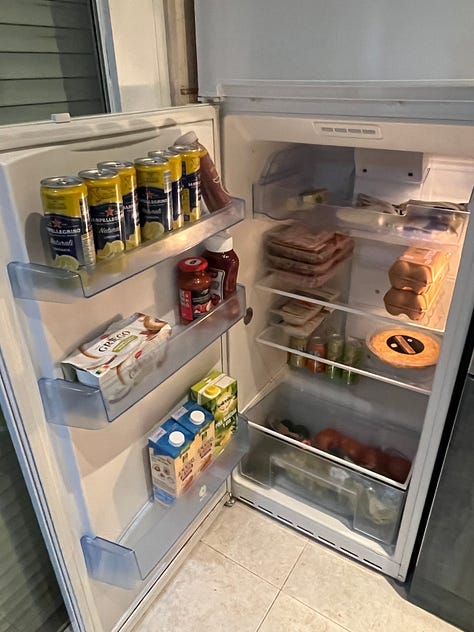
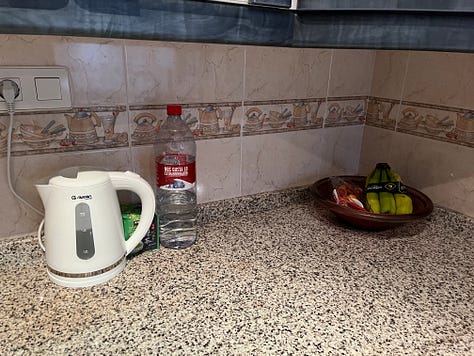
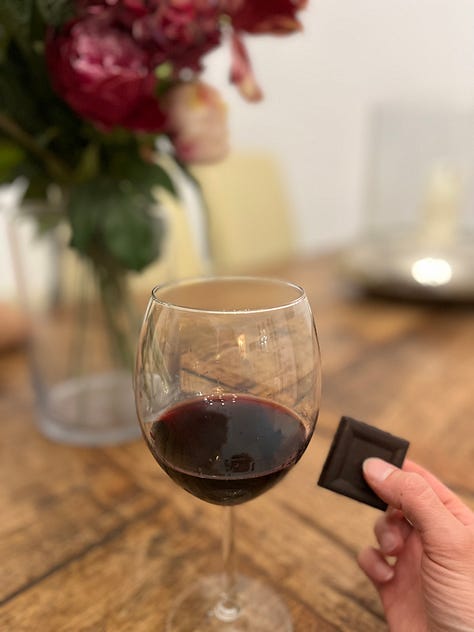
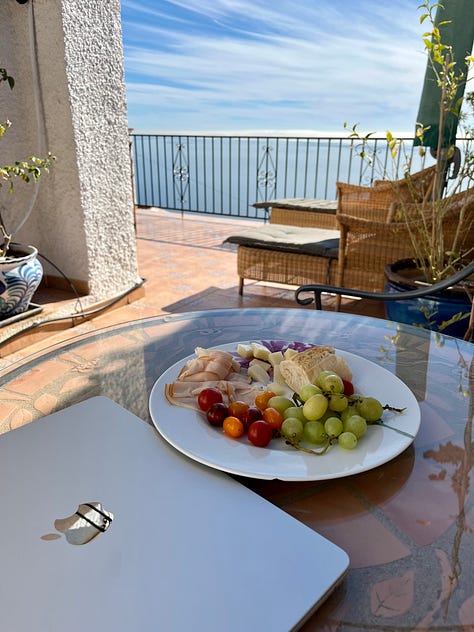
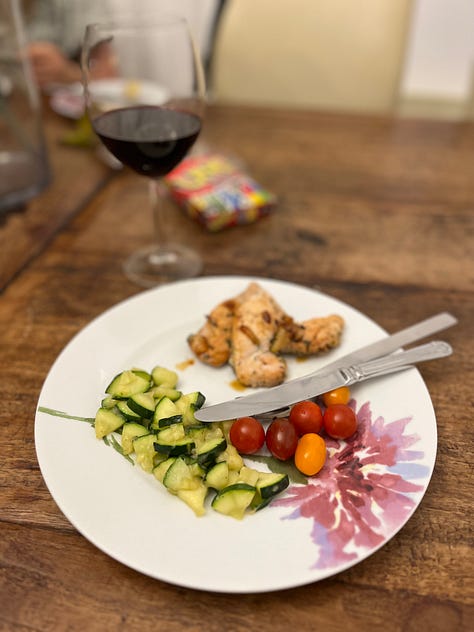
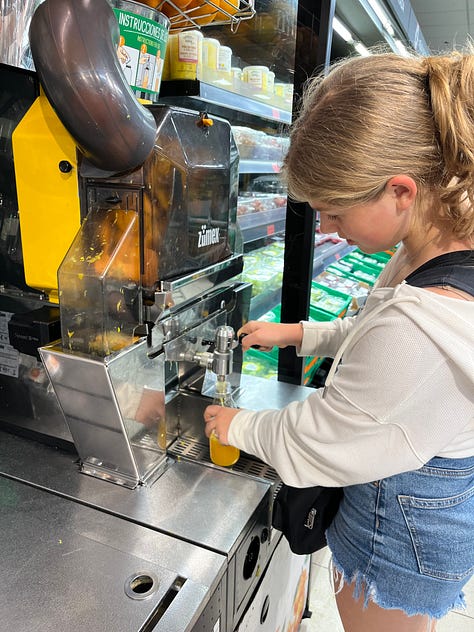
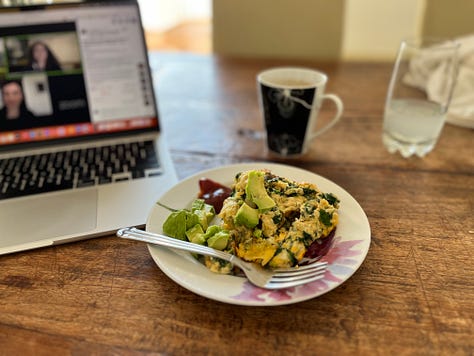

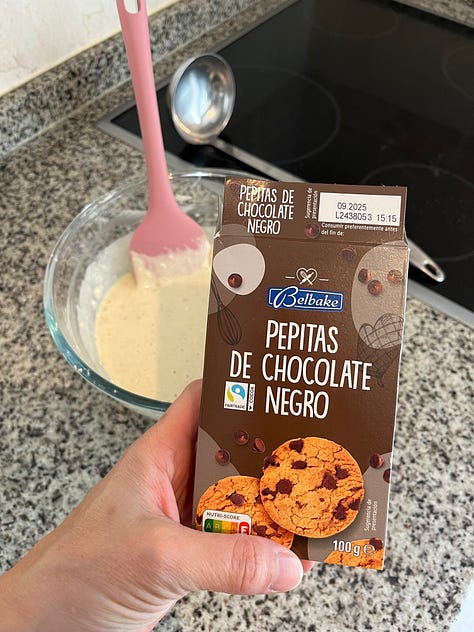
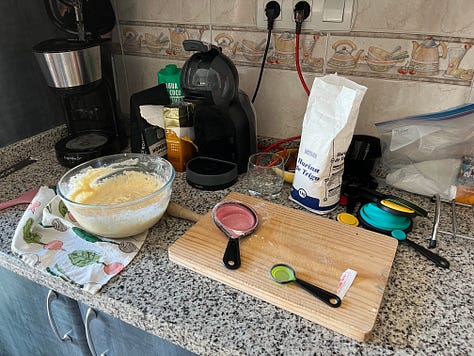
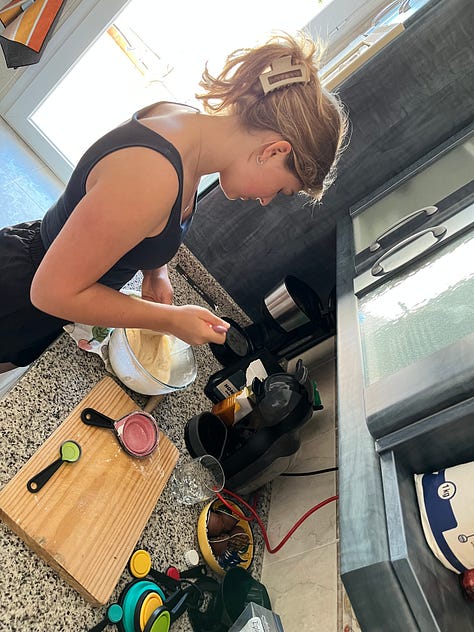
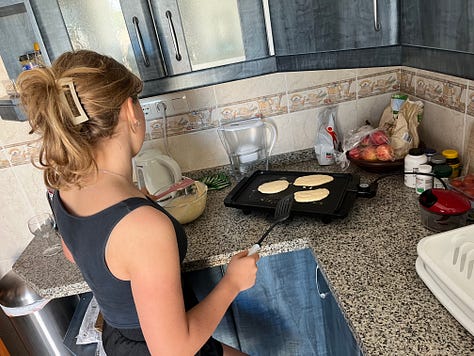
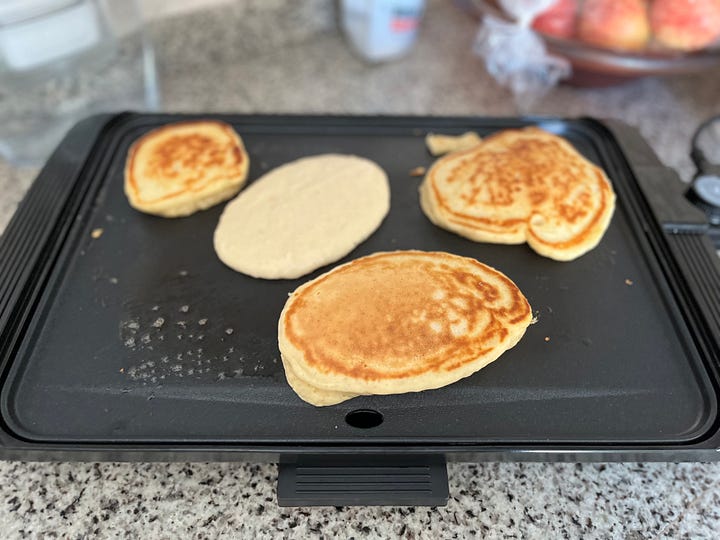

Greece
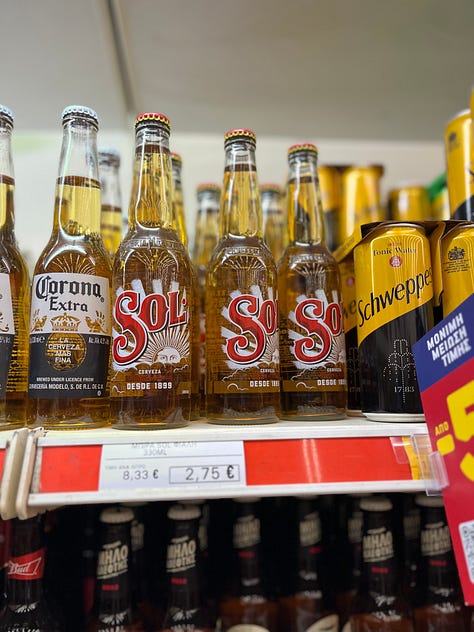

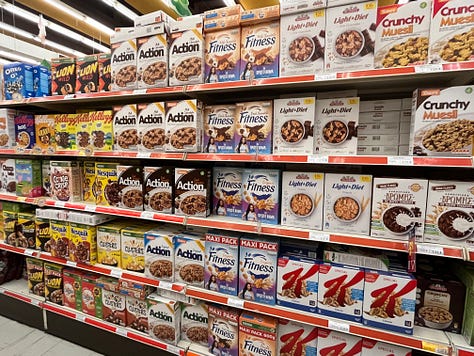
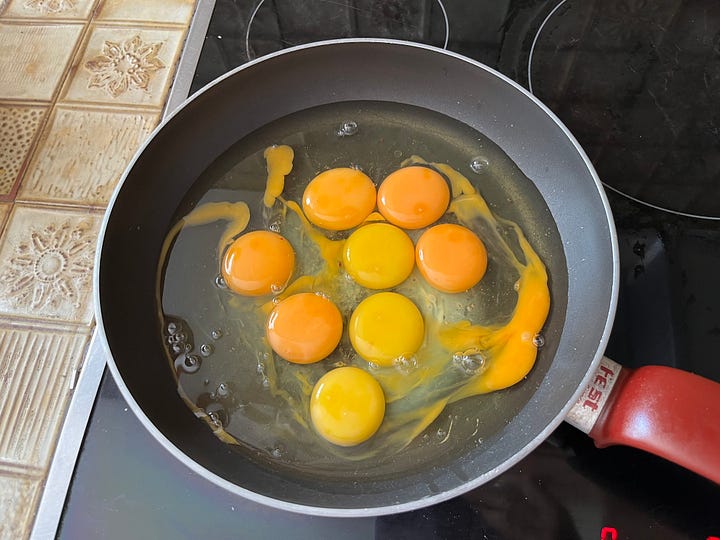
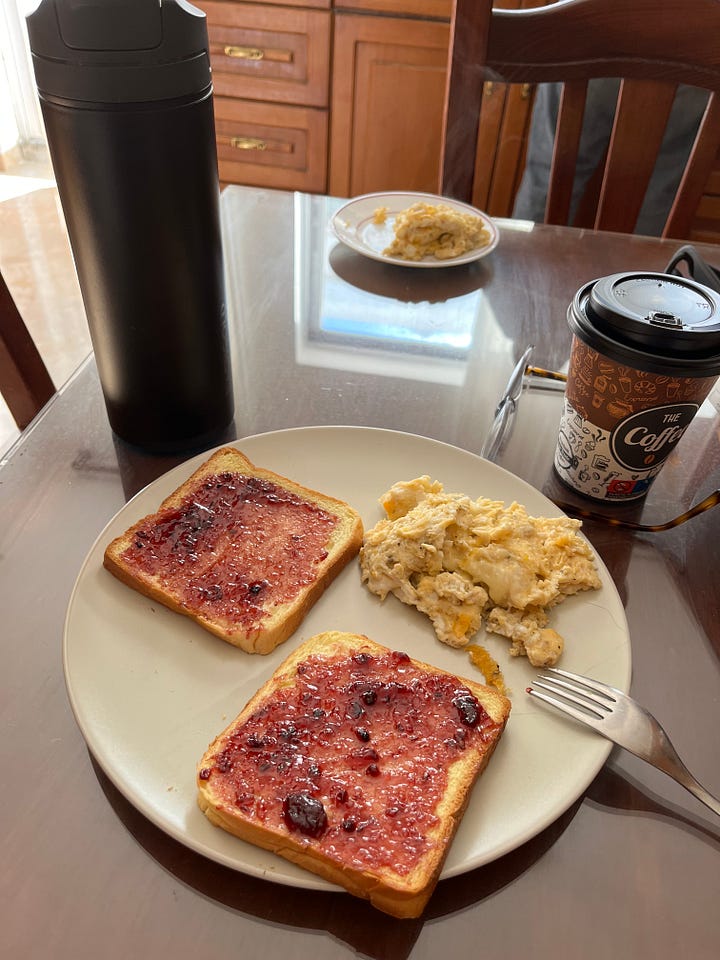
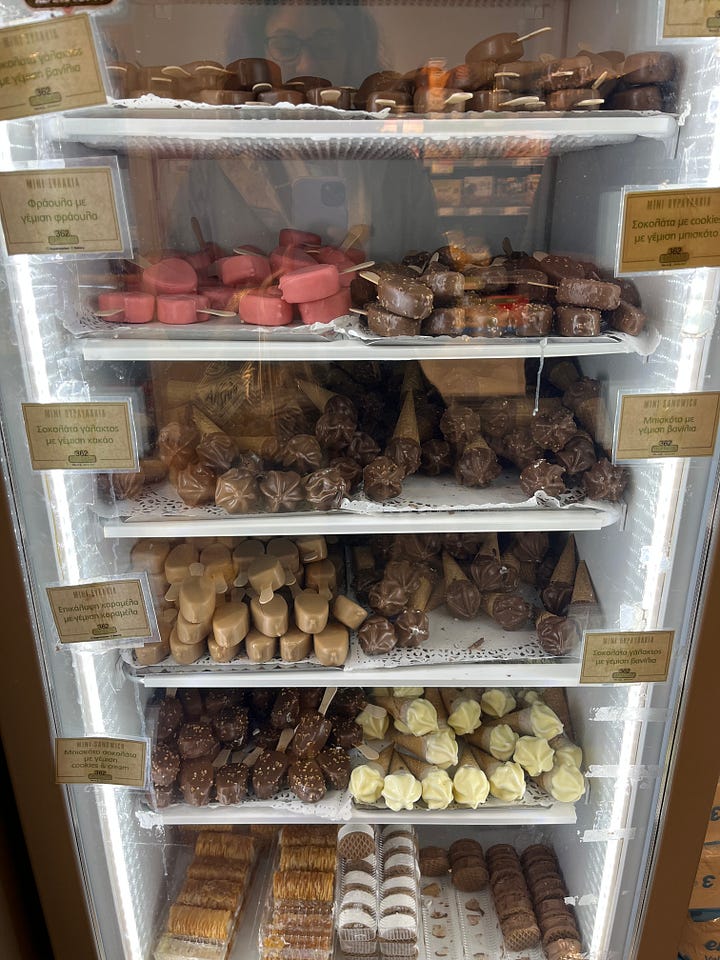

Italy
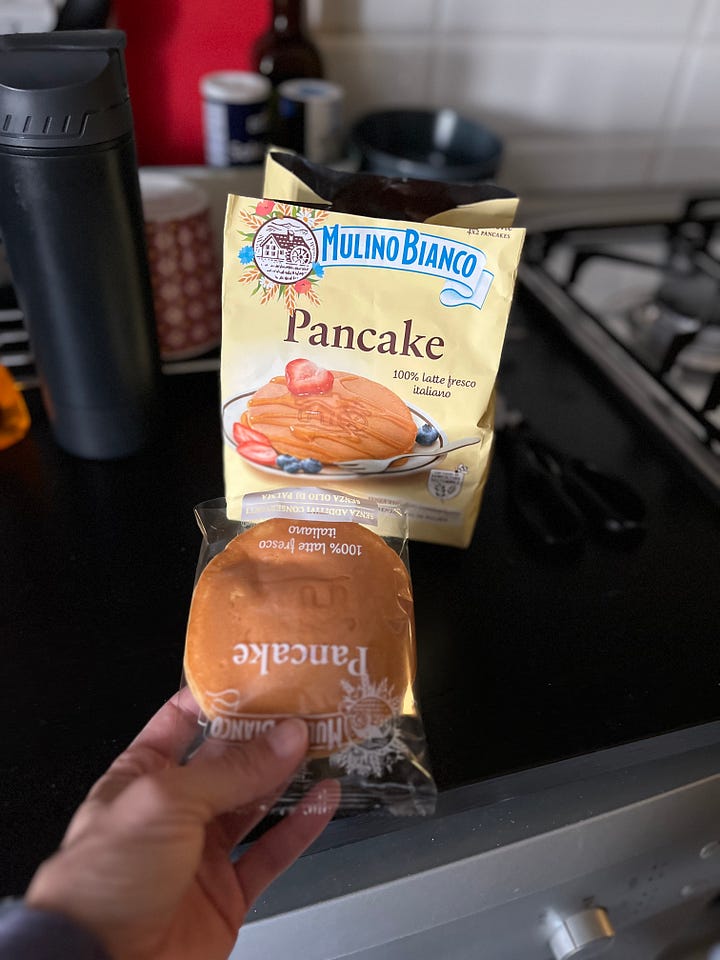
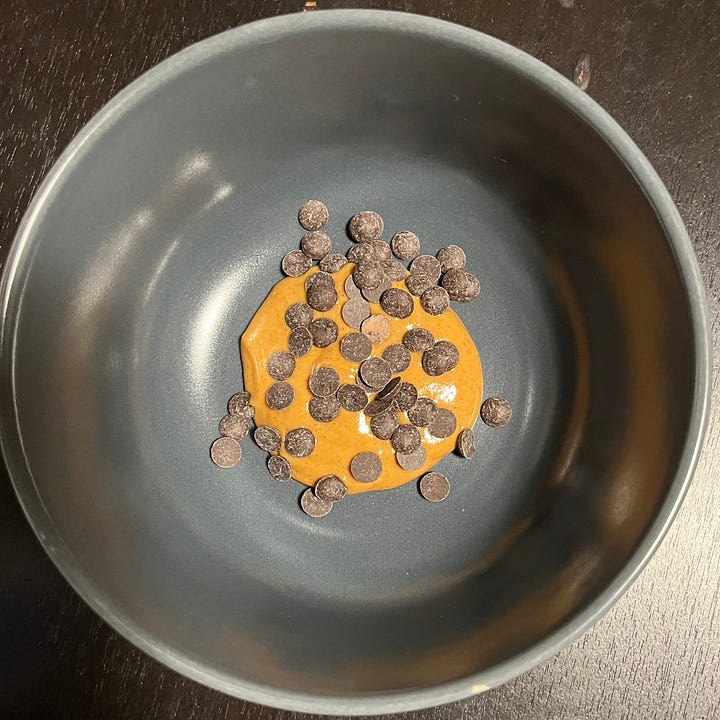
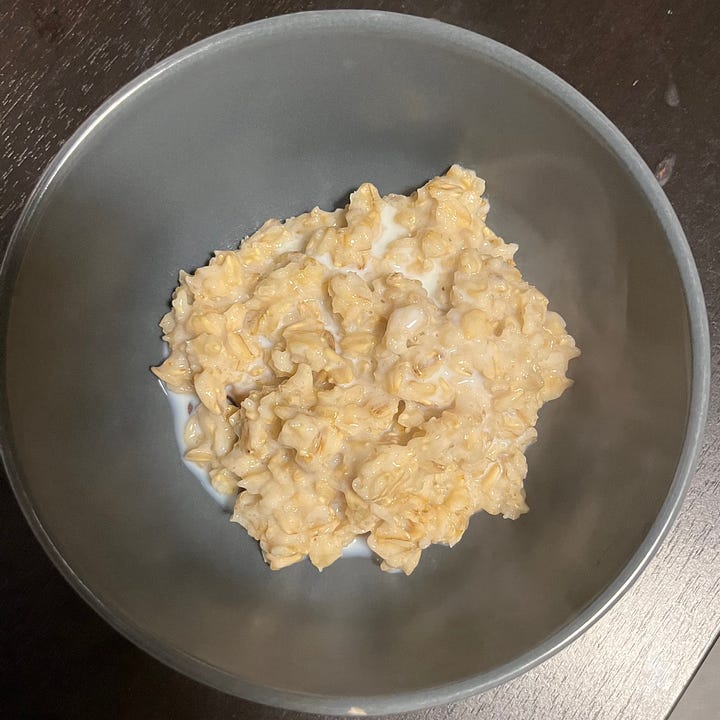

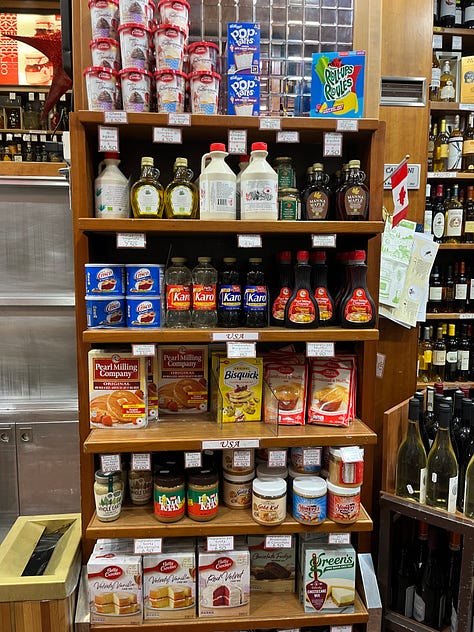
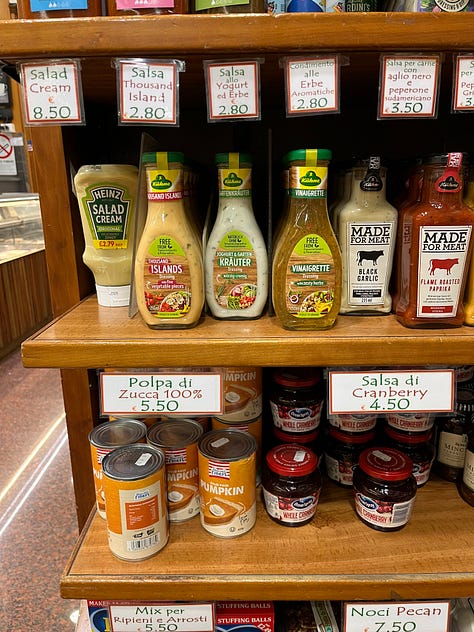
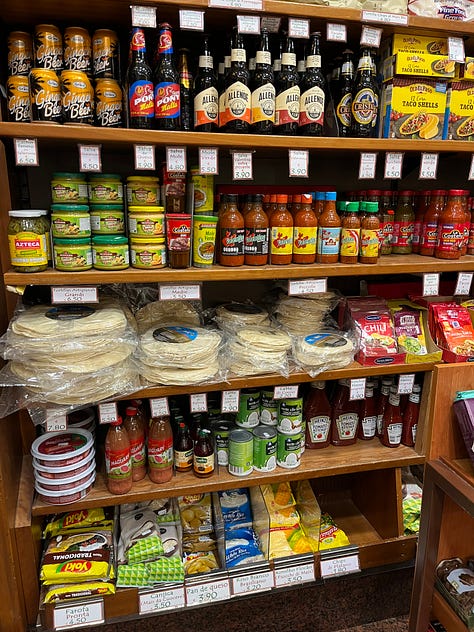
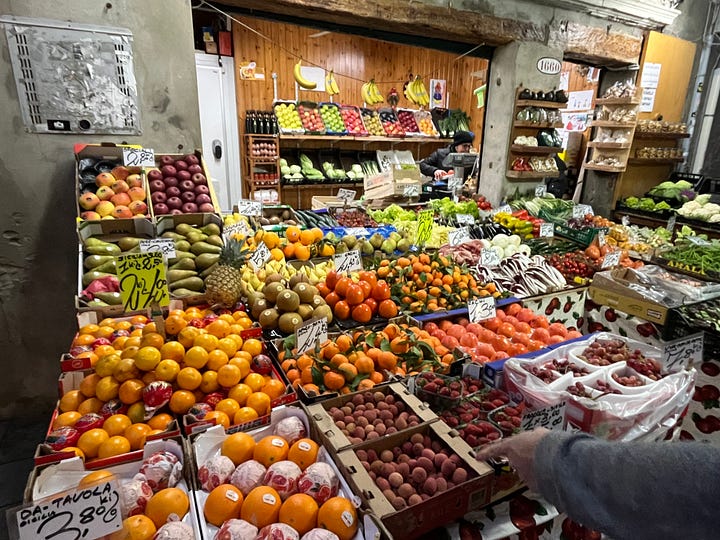
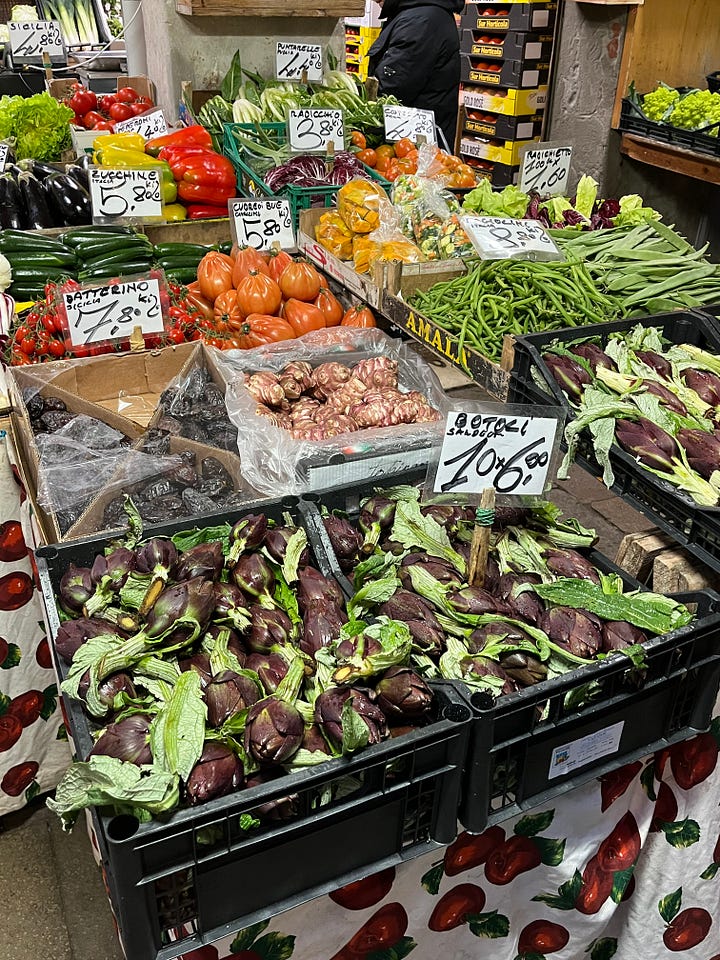
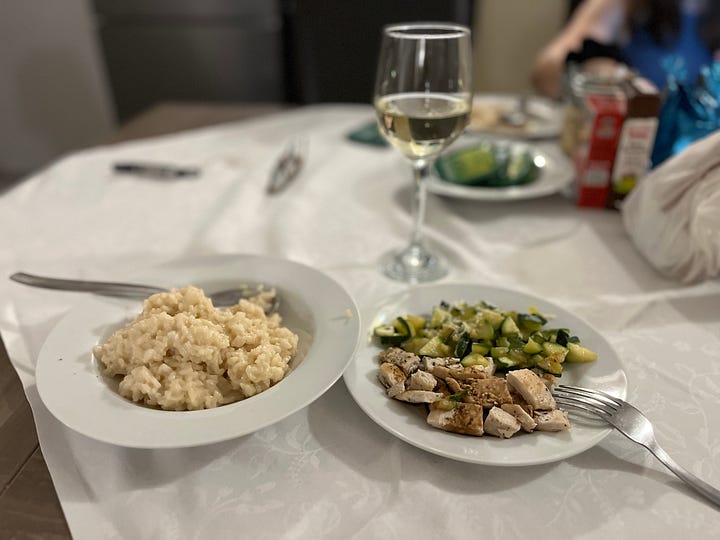
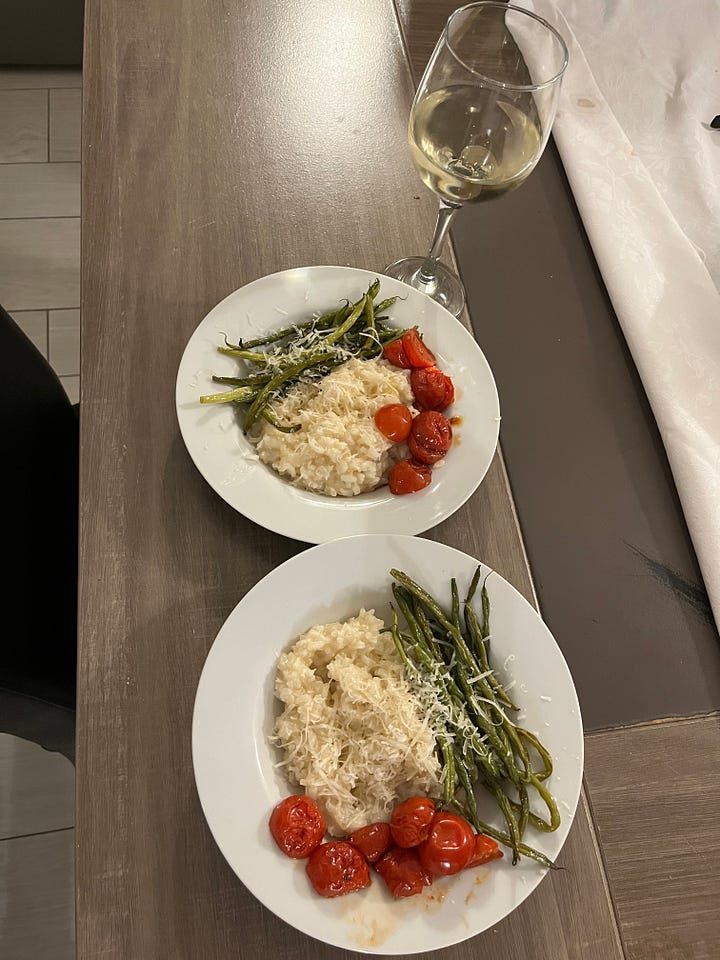
Malaysia (KL)
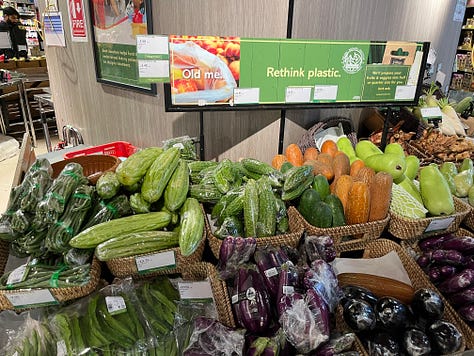
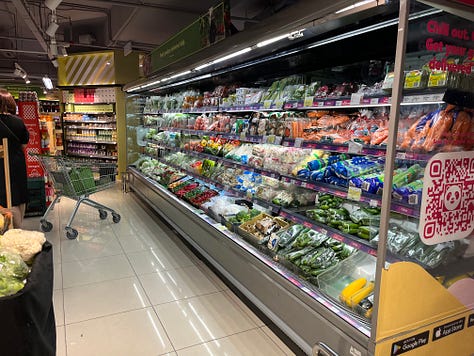
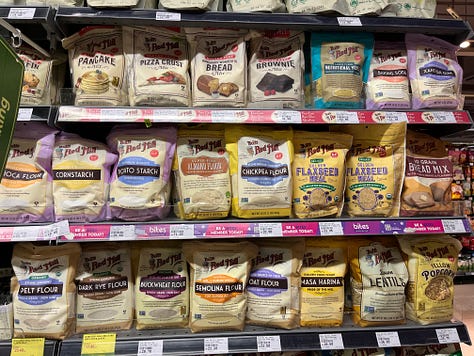
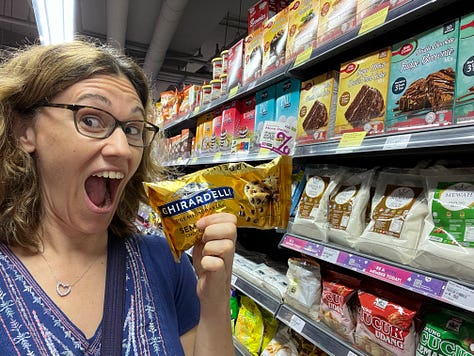
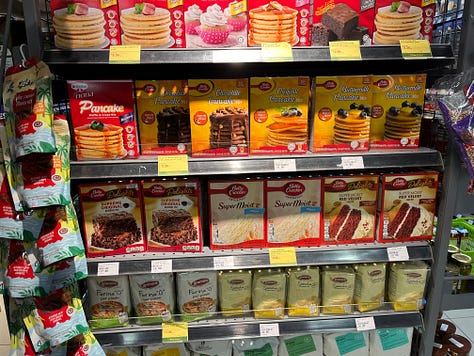
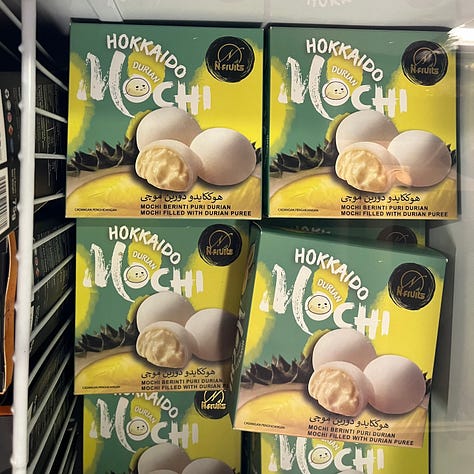
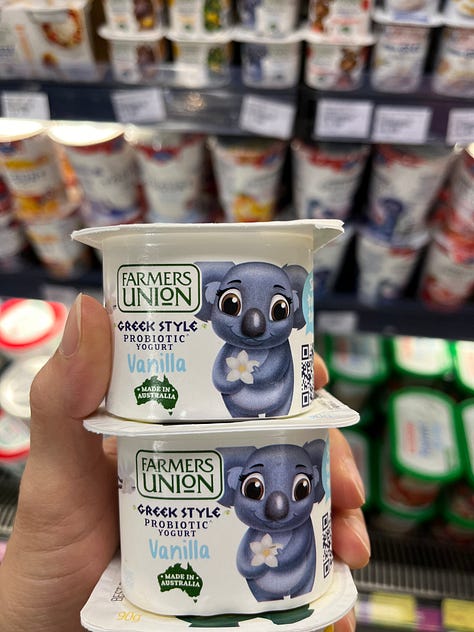
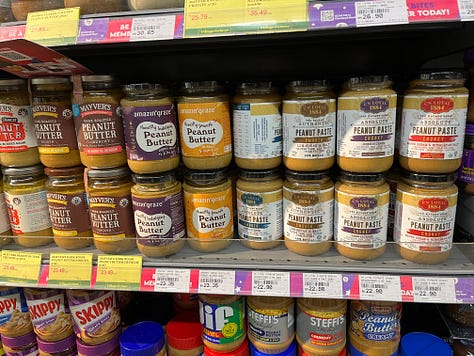
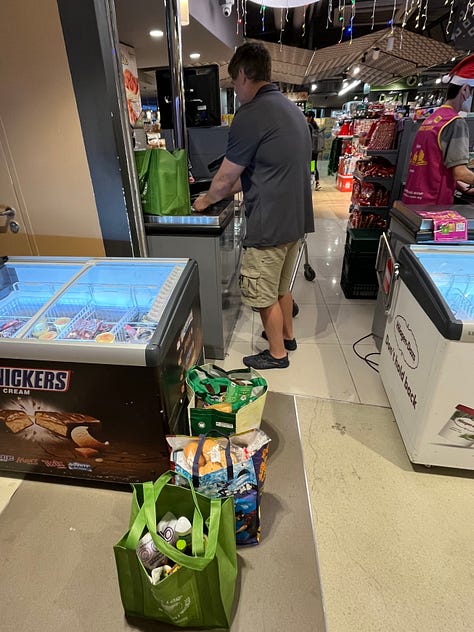
Do you like grocery shopping while traveling/living outside of your home country? Why/why not? Which market or country do you particularly like shopping in? Why? What foods/recipes do you tend to cook while in an AirBNB (or similar)? I'll take your recommendations (no recipes with pork, please)!




I love going to different grocery stores! Spices are always hard because they make a meal but are not usually stocked. Our standards are: shakshuka, Brazilian black beans, portobello/chicken fajitas (leftovers as burrito bowls), veg/noodle soup with side of green beans or glazed carrots, baked potato and toppings. And we tend to get cheeses, crackers, fruits, etc to make picnic lunches